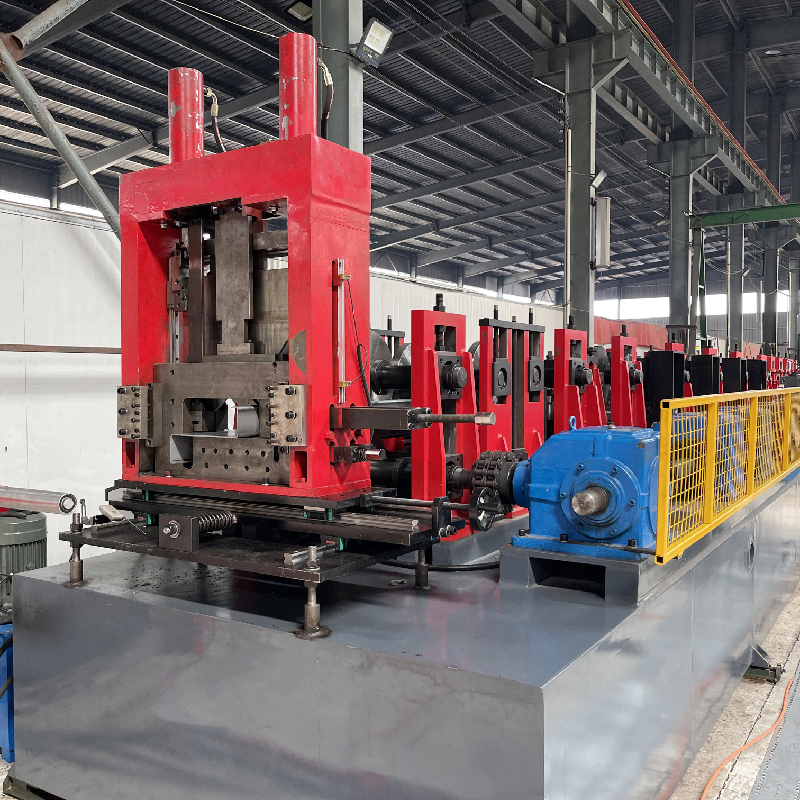Exploring the Applications and Benefits of Metal Netting in Various Industries
Nov . 10, 2024 16:32
Metal Netting An Overview of Applications and Benefits
Metal netting is a versatile and robust solution used in various industries, ranging from construction to agriculture. This specialized form of netting, made from metal wires, offers enhanced durability and security compared to traditional materials like plastic or fabric. In this article, we will explore the different applications of metal netting, its benefits, and the materials commonly used in its production.
Applications of Metal Netting
1. Agricultural Use One of the primary applications of metal netting is in agriculture. Farmers use metal netting for fencing to protect crops and livestock from predators. Metal netting is particularly effective in keeping larger animals such as deer and rabbits away from gardens and fields. It can also be used in raised garden beds, allowing for better air circulation while keeping pests at bay.
2. Construction and Building Security In construction, metal netting is used for scaffolding to provide safety for workers at heights. It acts as a barrier to prevent tools, debris, or materials from falling and causing harm. Moreover, metal netting is often utilized for site protection, ensuring that unauthorized individuals cannot easily access construction areas. Its robust nature makes it a reliable option for various protective applications.
3. Industrial Uses Metal netting is employed in various industrial settings, such as warehouses and factories. It can be used as safety guardrails, machine guards, or to create safety enclosures around equipment. Additionally, metal netting can help in organizing warehouse spaces by providing divisions between different storage areas.
4. Horticulture In horticulture, metal netting is often used to support climbing plants. The netting allows vines to grow upward, maximizing space and improving light exposure. This application is essential in commercial greenhouses, where efficient use of space directly impacts productivity.
5. Architectural Features Designers often use metal netting as an aesthetic feature in architecture. It can be applied in building facades, interior design, and partitions, adding an element of modernity and uniqueness to structures. The interplay of light and shadows created by metal netting can enhance visual interest in architectural presentations.
Benefits of Metal Netting
metal netting

1. Durability Metal netting is known for its exceptional strength and longevity. Unlike plastic or other synthetic materials, metal is less susceptible to wear and tear from environmental factors. It can withstand harsh weather conditions, making it a reliable choice for outdoor applications.
2. Versatility Metal netting can be manufactured in various sizes, shapes, and thicknesses, making it suitable for a wide range of applications. This versatility allows for customization to meet the specific needs of any project.
3. Security The robust nature of metal netting increases security, making it harder for intruders or pests to breach a barrier. This is particularly important in both agricultural and industrial settings, where losses can be significant.
4. Low Maintenance Once installed, metal netting generally requires little maintenance. Unlike wooden or plastic alternatives which may need regular repairs or replacements, metal netting can remain effective for years with minimal care.
5. Eco-Friendly Option Metal netting can be made from recyclable materials, making it a more environmentally friendly option compared to plastic. Its longer lifespan further contributes to sustainability, as fewer replacements are needed over time.
Common Materials Used
The most common materials used in the production of metal netting include stainless steel, galvanized steel, and aluminum. Stainless steel is known for its corrosion resistance and is ideal for marine or humid environments. Galvanized steel offers additional protection against rust and is cost-effective for various applications. Aluminum is lightweight and resistant to corrosion, making it suitable for applications where weight is a concern.
Conclusion
Metal netting is an invaluable resource across multiple sectors, providing strength, security, and versatility. Whether in agriculture, construction, or design, the advantages of metal netting make it a preferred choice for many applications. As industries continue to innovate and develop new uses, the importance of metal netting is likely to grow even further.




















